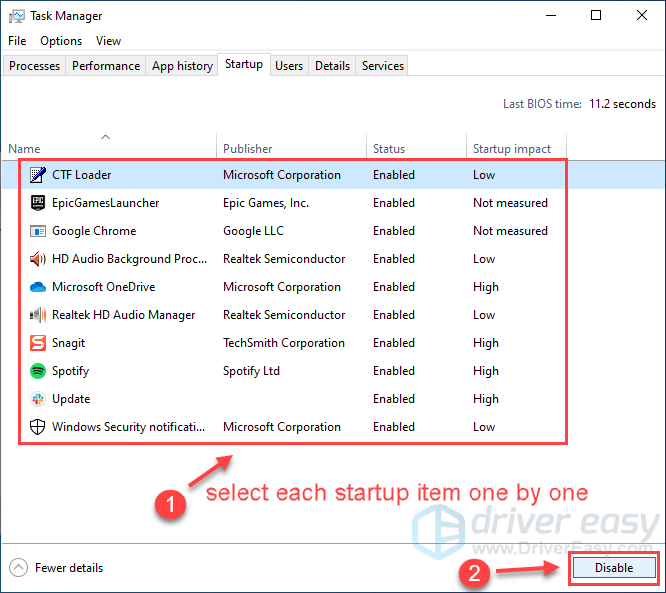

By default, triggers are enabled when first created.Ī disabled trigger does not execute its trigger body, even if a triggering statement is issued and the trigger restriction (if any) evaluates to true. You can later remove a trigger from the database by issuing the DROP TRIGGER statement.Ī trigger can be in either of two distinct modes:Īn enabled trigger executes its trigger body if a triggering statement is issued and the trigger restriction, if any, evaluates to true. The trigger fires before any of the specified statements are executed. The following statement creates a trigger scott.emp_permit_changes on table scott.emp.

They can be defined as firing BEFORE or AFTER the triggering event, or INSTEAD OF it.
#HOW TO REMOVE DISABLED WARCRAFT 3 CD KEY FULL#
See the Oracle Database SQL Language Reference for a full list of statements and database events that cause triggers to fireĬreate triggers with the CREATE TRIGGER statement. They are implicitly fired when:ĭML statements are executed ( INSERT, UPDATE, DELETE) against an associated tableĬertain DDL statements are executed (for example: ALTER, CREATE, DROP) on objects within a database or schemaĪ specified database event occurs (for example: STARTUP, SHUTDOWN, SERVERERROR) For example, you can create a trigger to restrict DML operations against a table, allowing only statements issued during regular business hours.ĭatabase triggers can be associated with a table, schema, or database. You can use triggers to supplement the standard capabilities of the database to provide a highly customized database management system. Database triggers are procedures that are stored in the database and activated ("fired") when specific conditions occur, such as adding a row to a table.


 0 kommentar(er)
0 kommentar(er)
